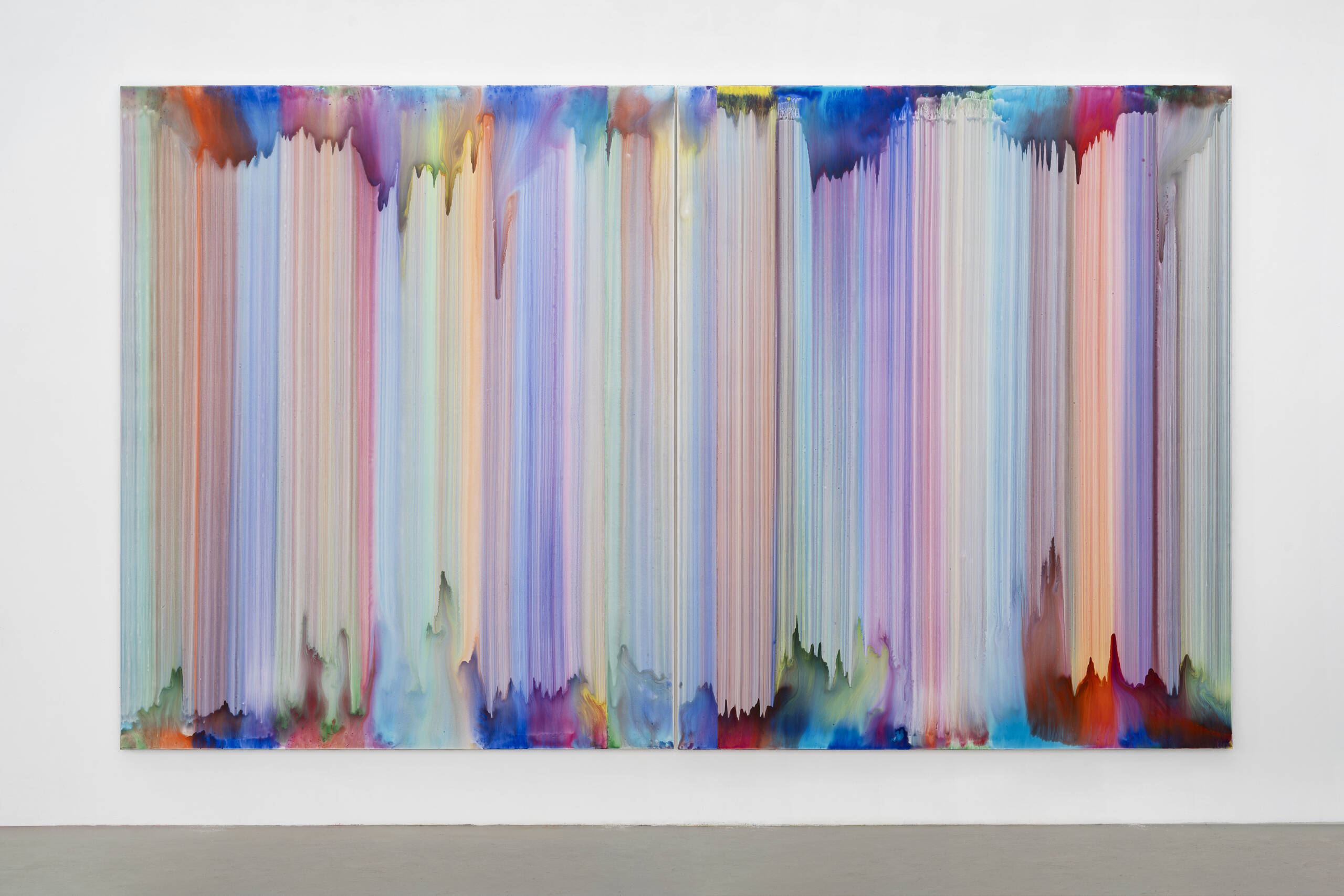
‘Geller’, 2024, on display at Bernard Frize’s upcoming exhibition at the LA branch of Marian Goodman Gallery.
Bernard Frize is an artist who lets the materials decide for him. A French painter who has been developing his uniquely industrial practice over the past 45 years, leading gallery Marian Goodman announced their representation of him in 2024. Ahead of his inaugural solo exhibition at Marian Goodman’s Los Angeles space, Cleo Scott asks him about process, materiality, and the role of the artist
LUX: Your works are centred around the process of creation. Can you take me through your process of creation of ‘Tama’, which will be on display in your upcoming exhibition at Marian Goodman in LA?
Bernard Frize: I’ve always liked the fact that my paintings are multicoloured, in other words that I don’t choose the colours and mix them. These paintings are very simple: large brushstrokes crossing the canvas vertically; there is an overload of paint on both edges because there is no beginning or end – could I say that the edges are in their raw state? In fact, I paint in both directions and I stop the brushstrokes before the end of the canvas. The latency, the veil which covers what has not yet explanation, but shows its potential, this is what I wish to call in these paintings.
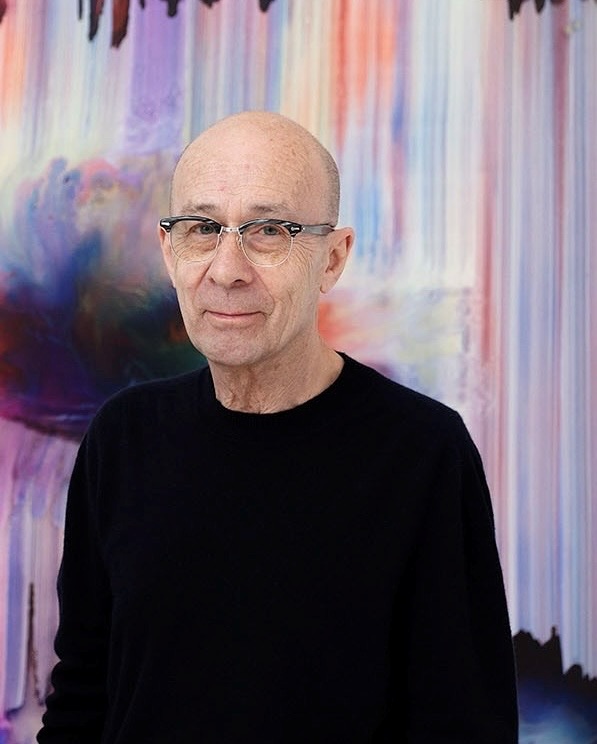
Bernard Frize photographed before his work
LUX: Your works ‘Tama’, ‘Kario’, and ‘Voni’ appear to have been made using the same process of creation. What is the relationship between your works, focusing on process and materiality?
BF: I’m always fascinated by the dissolution of the image into its materiality or by the creation of images from their raw components.
It reminds me of the birth of Aphrodite on the shore of Paphos and I like to imagine how to describe a picture, her body emerging from the waves, which could also be interpreted as a plunge into the sea. There is always this temporal ambiguity in the image, between diving and emerging, doing and undoing; each gesture stopped at a moment in its course could have been something different if we had thought of other options. The paint is wet and then dries.
I went to Paphos a long time ago and stared at the beautiful sea; now, the place of Aphrodite’s birth has become a waterpark.
When doing a painting, either there is no goal, no objective, or there are means and processes for doing something. There is no idea without its material inscription. I like processes to embody ways of thinking. There is always a sequence of operations necessary for the organisation of a painting; I like this organisation and its possibility to be the motif of a painting, because after all, the subject of a painting is what makes it exist, not only what it represents, but also how it is represented. The word itself, representation tells us that it is presented two times.
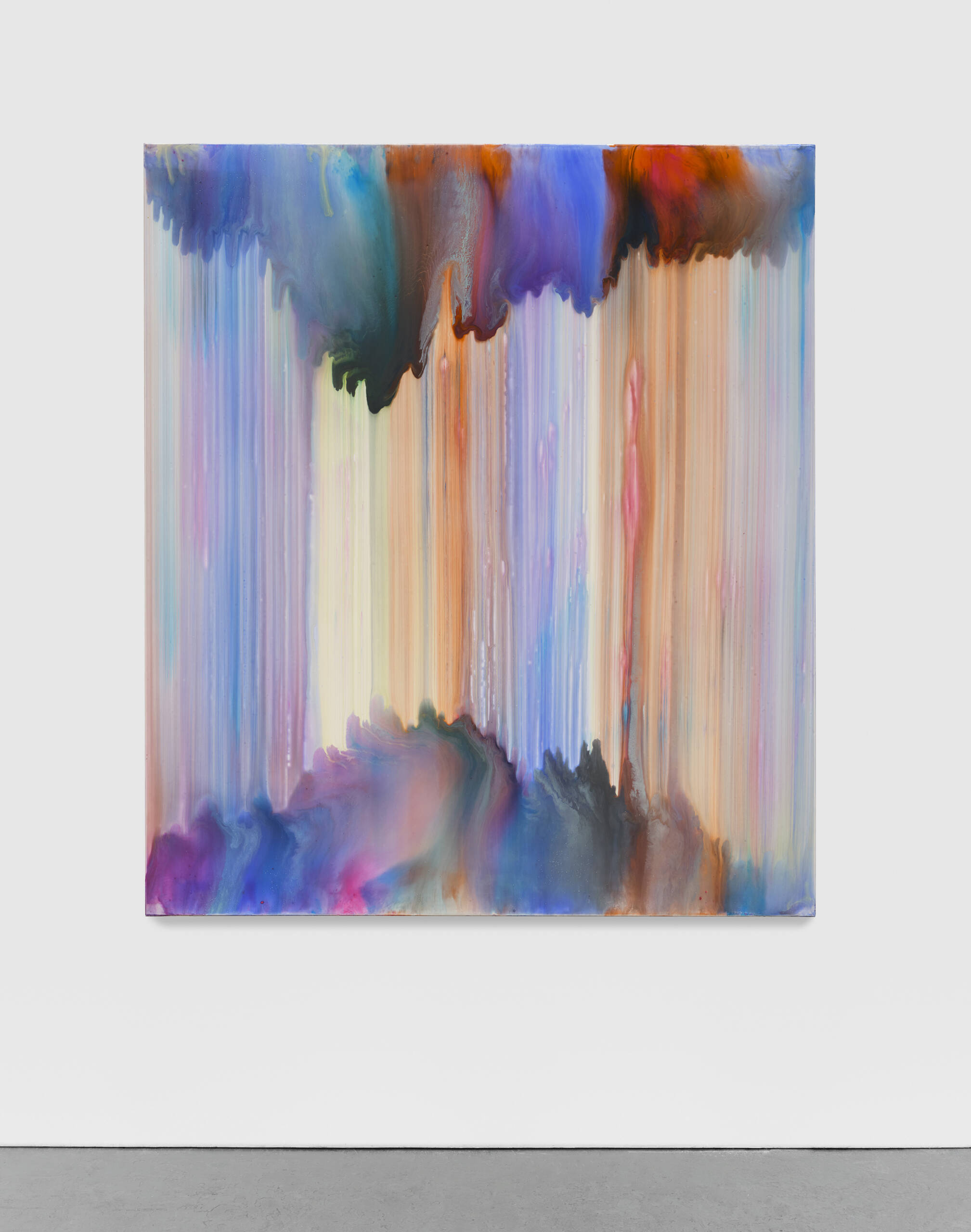
Bernard Frize’s ‘Voni’, which will be on display at his upcoming exhibition at the LA branch at Marian Goodman Gallery.
LUX: You have said ‘the method has disappeared under the conditions of its realisation’ in your work. Does this create a tension between your experience of creation and the viewer’s experience of its realisation?
BF: I will always feel and understand my painting in a different way than a viewer. A painting is not showing a recipe. Its description will, I hope, never exhaust what is in it. Why can we stay long minutes in front a painting in a museum, come back, and find again pleasure to see it? Isn’t it incredible that a canvas could provoke feelings and thoughts? Do we ever think about the painter? We mostly think about ourselves, how we receive the painting and decipher how the elements we look at are stimulating thoughts and feelings.
I always had some warmth enveloping me and a feeling of completeness from my visit in a museum. I am not receptive to all the paintings but looking at those which move me – and this is often changing – give me a feeling of wealth, of exhaustion. I hope my work can do the same; a work of art does not talk, does not say anything and will never be replaced by sentences. We read explanations on plates in the museums, do they satisfy our feelings?
Follow LUX on Instagram: @luxthemagazine
They give, at most, a context for the painting, and most people read them but do not look at the paintings more than the time it takes to read. The viewer and I have different goals; my work is to be as clear as possible to offer satisfying and intellectual pleasure which lasts and could be renewed.

Frize’s acrylic and resin painting ‘Irfan’, 2024, as part of Frize’s inaugural solo show.
LUX: How does the space of the Marian Goodman gallery in LA interact with your works?
BF: I have no idea! I only know the beautiful cardboard model that the French branch of Marian Goodman Gallery offered me. I printed the reproduction of my paintings and hang them into the model. I know that when I will see the real space, I will have another experience and I will hang the paintings.
LUX: Why have you chosen to be represented by Marian Goodman?
BF: I had the chance to meet Philip Kaiser a long time ago when he was working in the Kunsthalle Basel and always appreciated his curatorial vision. I was thrilled when he proposed me to join the gallery; I suppose everyone in the art world pays respect for the achievement of Marian Goodman’s gallery and for the exhibitions of the artists it is working with. There was, for me, no doubt that being represented by the gallery would be a great opportunity.
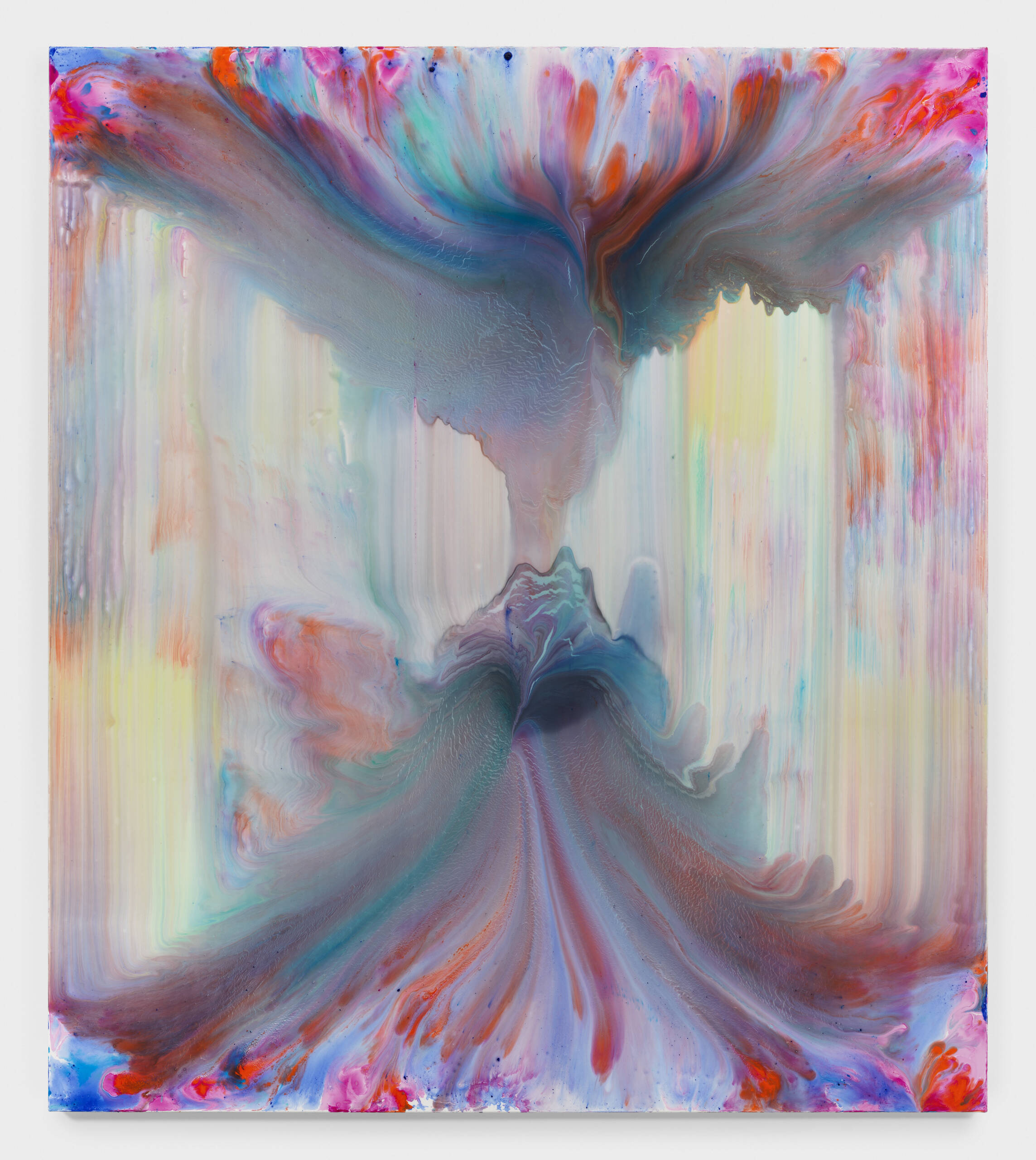
In ‘Yudzon’, the transparency of the layers reveal ‘the creation of images from their raw components’.
LUX: Are there any values – aesthetic or philosophical – that you share with the gallery?
BF: A gallery is a business; painting is a business too. I’ve spent many years, if not the majority of my adult life, without earning much from painting. I believe one continues to do what one likes not for the money but because one is driven. At one point, I had the chance to work with galleries who helped me to live from my work and found ways to distribute my work. There are many good artists at Marian Goodman Gallery who seem difficult to sell. I suppose it is a balance between the artists who sell well and those who don’t very much. The quality of their work is not a question. The aesthetic or philosophical qualities of these artists are not meeting market value, but aesthetic or intellectual ones. Meanwhile, the gallery respect them and decided to support them. Most galleries today would not do this, or would not afford it.
Read more: LUX curates for Richard Mille
I suppose running a gallery is an intellectual journey with companions you admire and you want to give them time to develop. In reverse, many galleries would not exist without the support of artists.
In my understanding, Marian Gallery is “old-fashioned” like one would say there is tradition in quality; there is a deep belief that good art is not always meeting the request of the market and it is important to give time to the time when the art is the main preoccupation.
Bernard Frize will be exhibiting his work at Marian Goodman, Los Angeles, from November 16th.
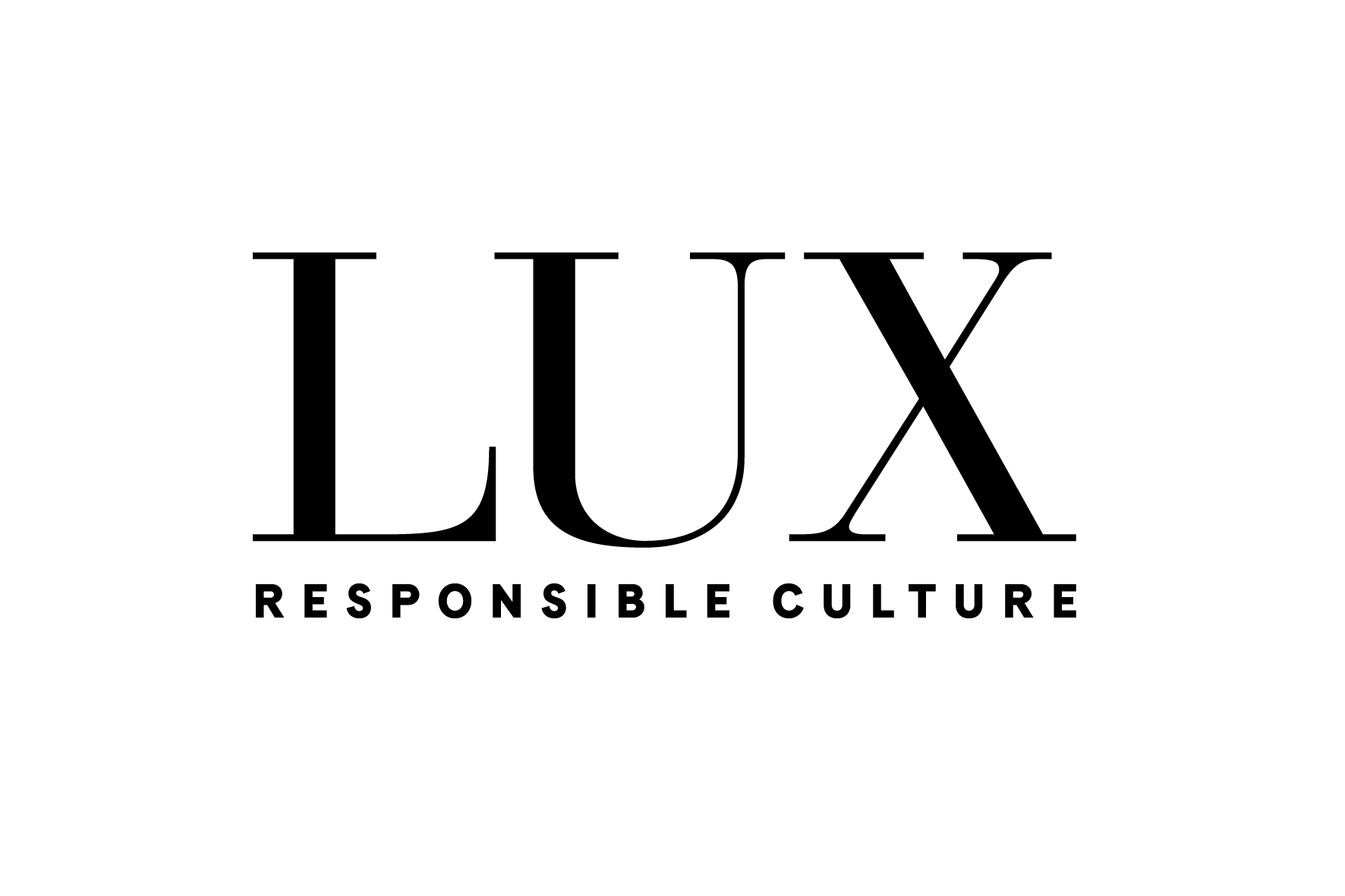
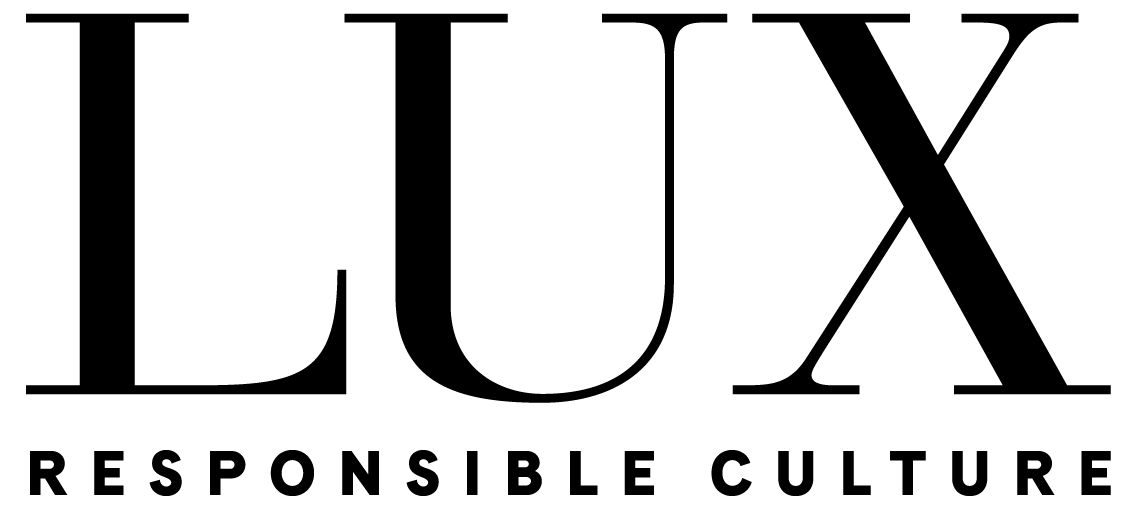

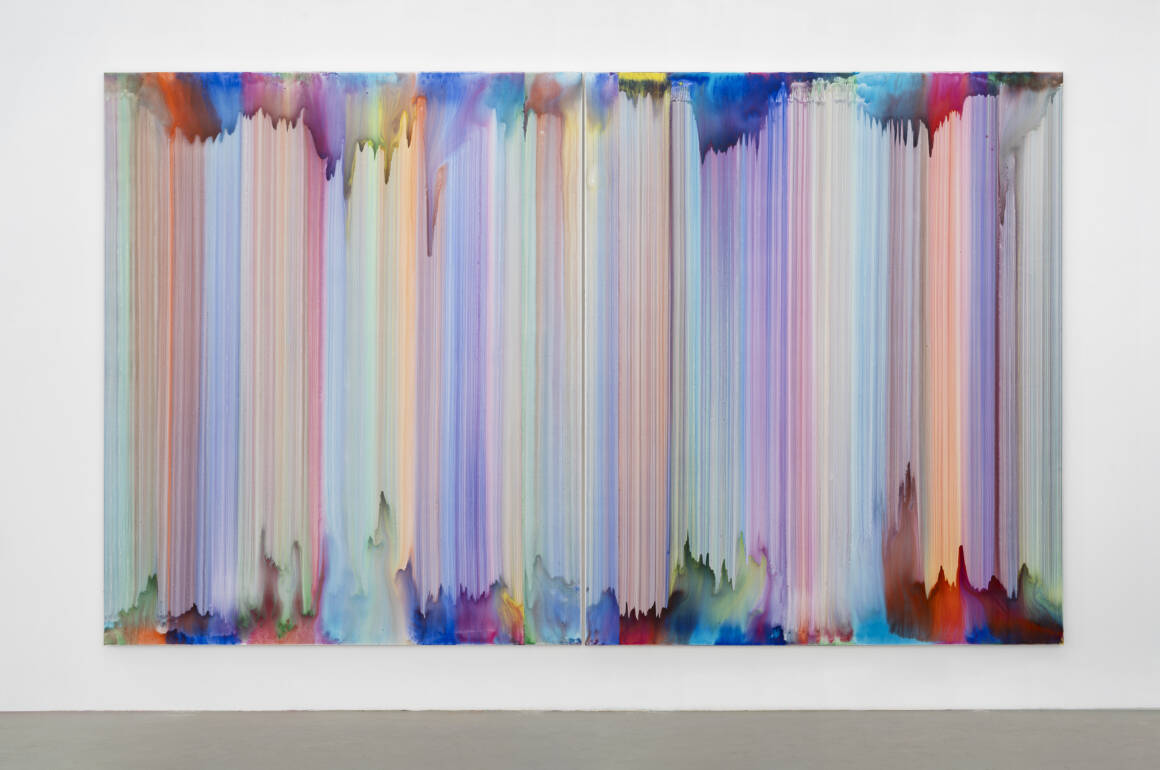


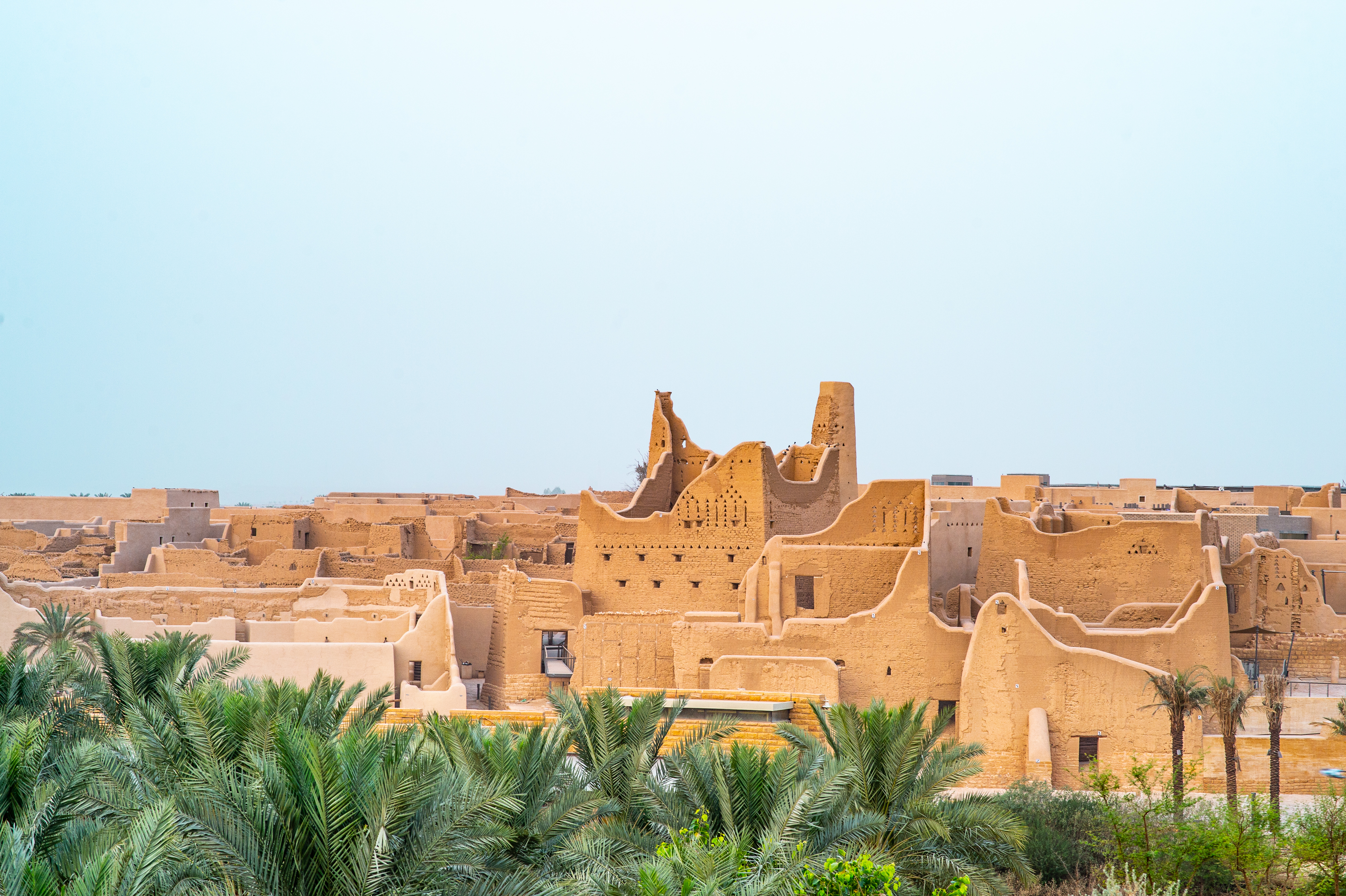
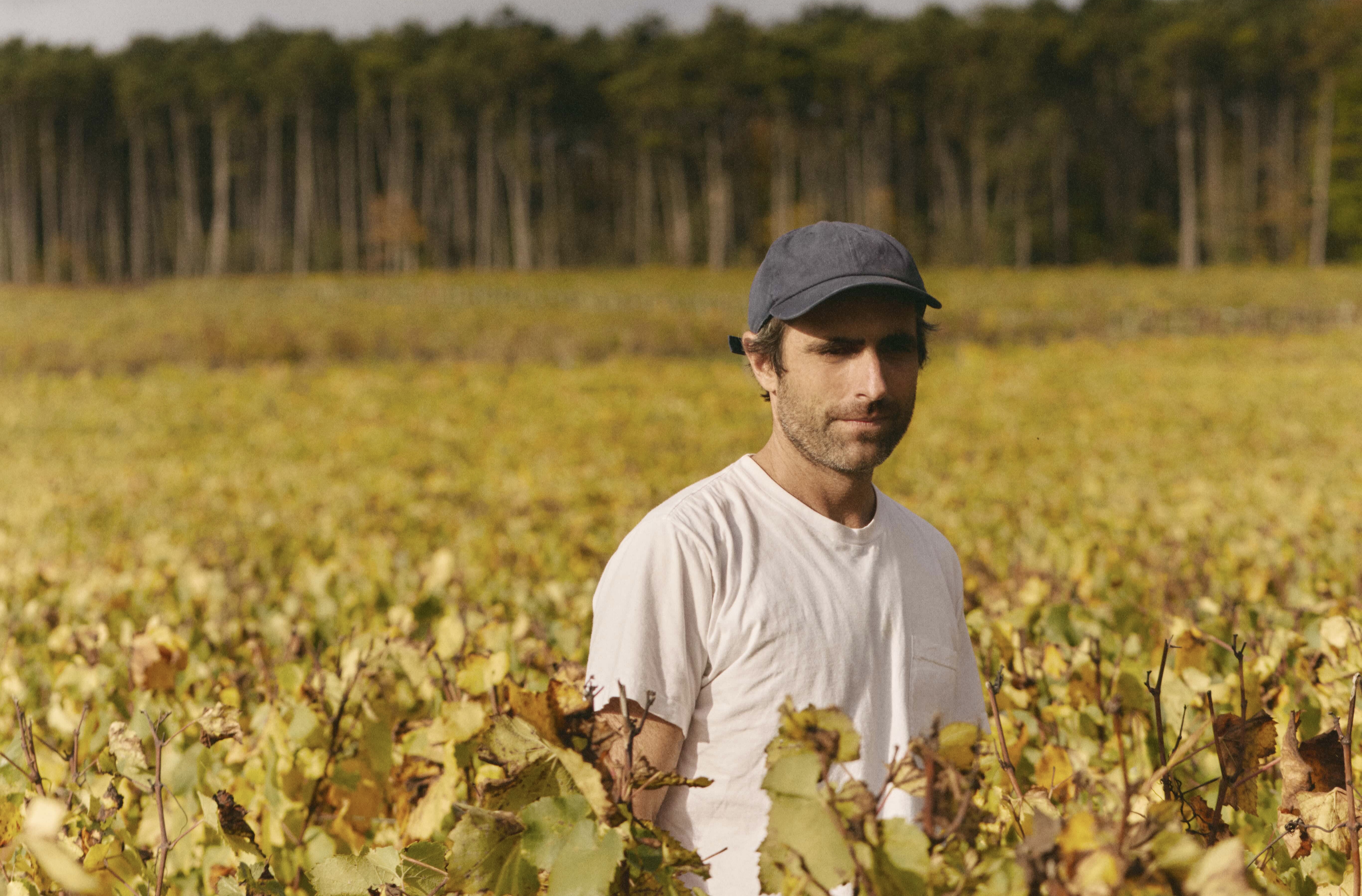

Recent Comments